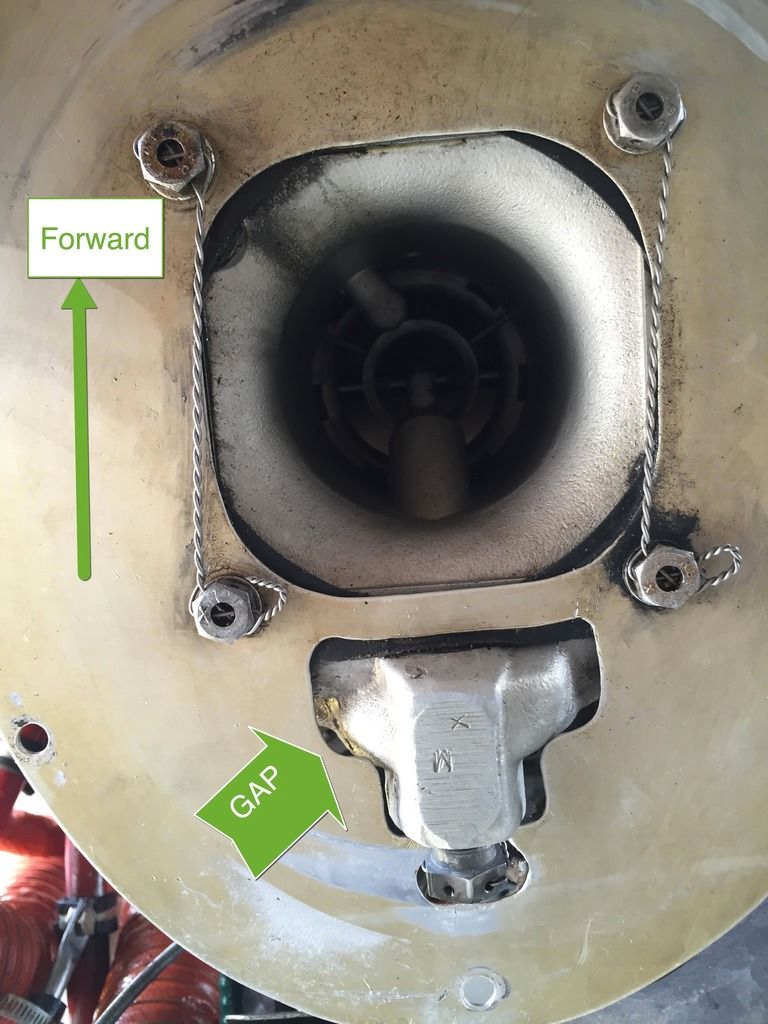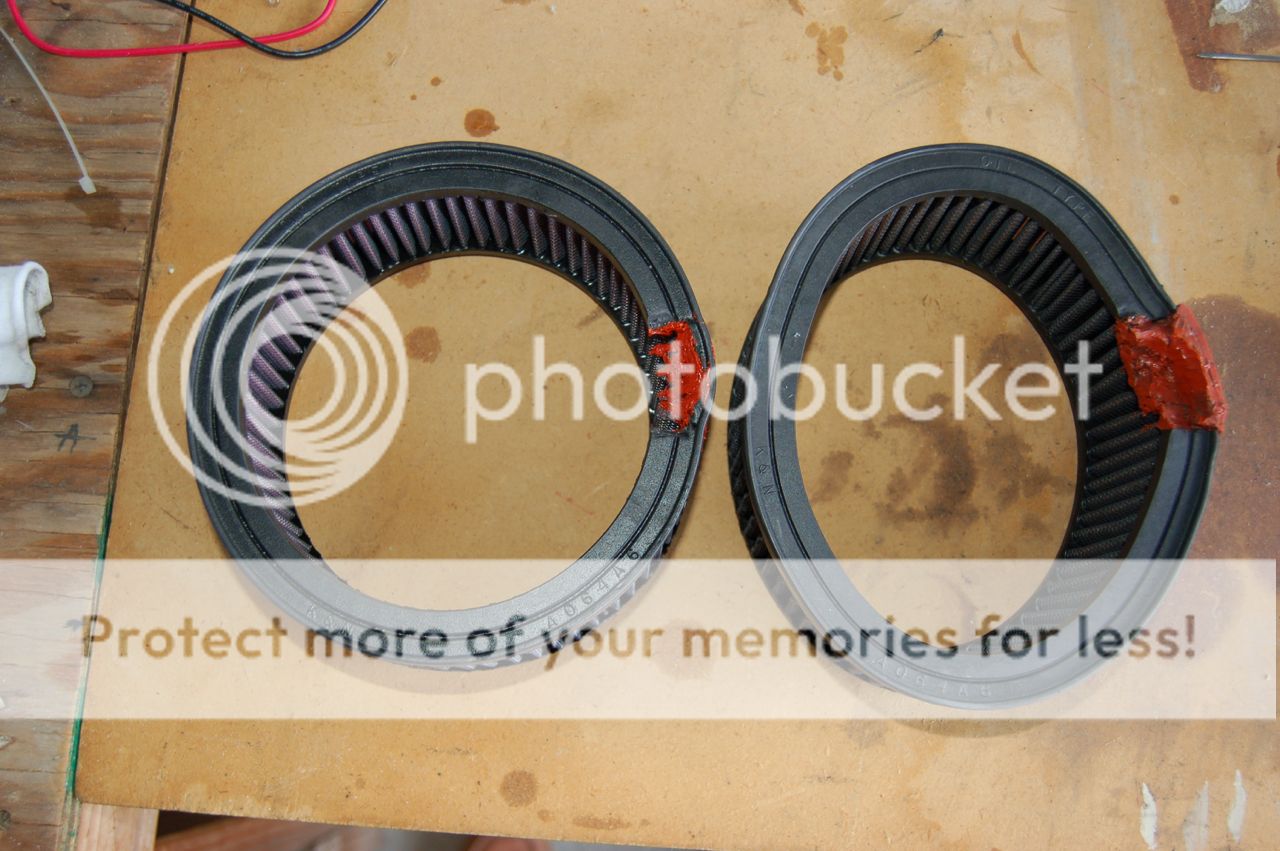f14av8r
Well Known Member
Hi Everyone,
I need some help figuring out how to best seal around the area of the carb bowl drain boss - see arrow. The photo is of the underside of my updraft carb with the filtered air box plate attached.
I guess the first question is, do I even need to worry about it? It's not a large gap but I'm concerned about it because any air coming through this area will come into the interior circle of the round K&N filter and have an unfettered access to the carb intake (bypass the filter). The builder had some rubber baffle material RTV'd to the top of the plate in an attempt to seal the gap. It came loose and that sent me down the path to finding an alternative. I want to be careful with the solution to make sure I don't use anything that can get sucked into the intake should it come loose or deteriorate. In the photo, you can see a gasket between the plate and the carb body. I won't be reusing that - going metal to metal - but not doing so will leave a little bigger gap around the forward area of the carb drain boss.
Thanks in advance!
Randy

I need some help figuring out how to best seal around the area of the carb bowl drain boss - see arrow. The photo is of the underside of my updraft carb with the filtered air box plate attached.
I guess the first question is, do I even need to worry about it? It's not a large gap but I'm concerned about it because any air coming through this area will come into the interior circle of the round K&N filter and have an unfettered access to the carb intake (bypass the filter). The builder had some rubber baffle material RTV'd to the top of the plate in an attempt to seal the gap. It came loose and that sent me down the path to finding an alternative. I want to be careful with the solution to make sure I don't use anything that can get sucked into the intake should it come loose or deteriorate. In the photo, you can see a gasket between the plate and the carb body. I won't be reusing that - going metal to metal - but not doing so will leave a little bigger gap around the forward area of the carb drain boss.
Thanks in advance!
Randy






